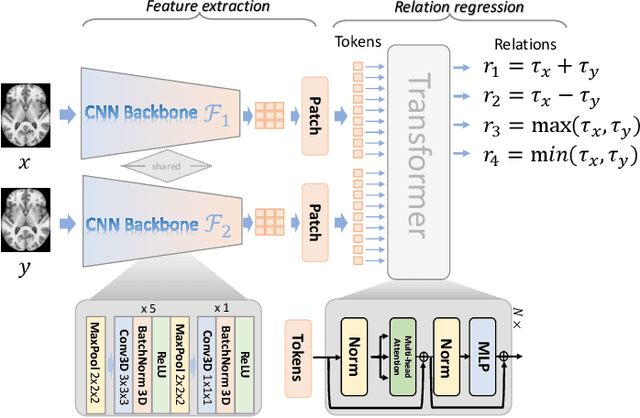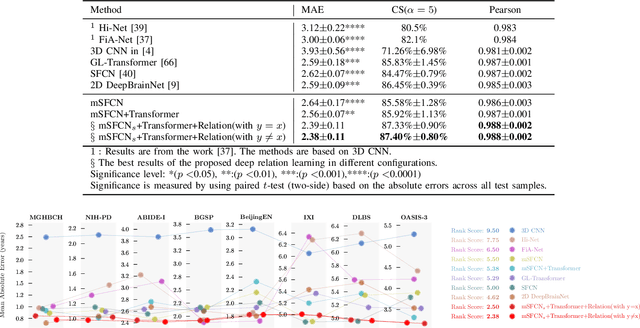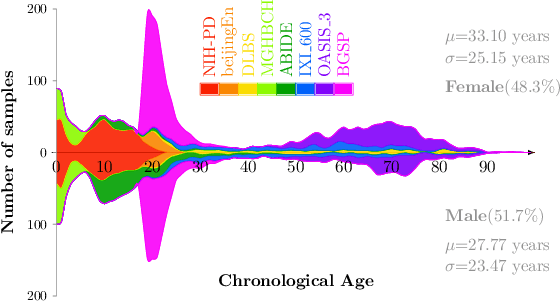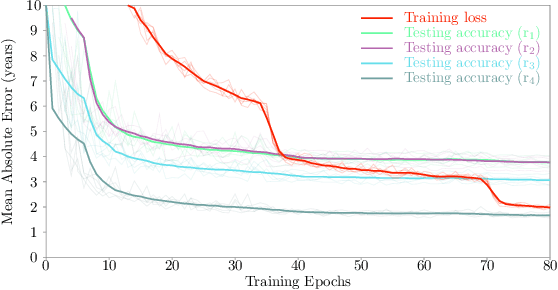Yanfang Feng
Segmentation Ability Map: Interpret deep features for medical image segmentation
Dec 19, 2022Abstract:Deep convolutional neural networks (CNNs) have been widely used for medical image segmentation. In most studies, only the output layer is exploited to compute the final segmentation results and the hidden representations of the deep learned features have not been well understood. In this paper, we propose a prototype segmentation (ProtoSeg) method to compute a binary segmentation map based on deep features. We measure the segmentation abilities of the features by computing the Dice between the feature segmentation map and ground-truth, named as the segmentation ability score (SA score for short). The corresponding SA score can quantify the segmentation abilities of deep features in different layers and units to understand the deep neural networks for segmentation. In addition, our method can provide a mean SA score which can give a performance estimation of the output on the test images without ground-truth. Finally, we use the proposed ProtoSeg method to compute the segmentation map directly on input images to further understand the segmentation ability of each input image. Results are presented on segmenting tumors in brain MRI, lesions in skin images, COVID-related abnormality in CT images, prostate segmentation in abdominal MRI, and pancreatic mass segmentation in CT images. Our method can provide new insights for interpreting and explainable AI systems for medical image segmentation. Our code is available on: \url{https://github.com/shengfly/ProtoSeg}.
Deep Relation Learning for Regression and Its Application to Brain Age Estimation
Apr 13, 2022



Abstract:Most deep learning models for temporal regression directly output the estimation based on single input images, ignoring the relationships between different images. In this paper, we propose deep relation learning for regression, aiming to learn different relations between a pair of input images. Four non-linear relations are considered: "cumulative relation", "relative relation", "maximal relation" and "minimal relation". These four relations are learned simultaneously from one deep neural network which has two parts: feature extraction and relation regression. We use an efficient convolutional neural network to extract deep features from the pair of input images and apply a Transformer for relation learning. The proposed method is evaluated on a merged dataset with 6,049 subjects with ages of 0-97 years using 5-fold cross-validation for the task of brain age estimation. The experimental results have shown that the proposed method achieved a mean absolute error (MAE) of 2.38 years, which is lower than the MAEs of 8 other state-of-the-art algorithms with statistical significance (p$<$0.05) in paired T-test (two-side).
 Add to Chrome
Add to Chrome Add to Firefox
Add to Firefox Add to Edge
Add to Edge